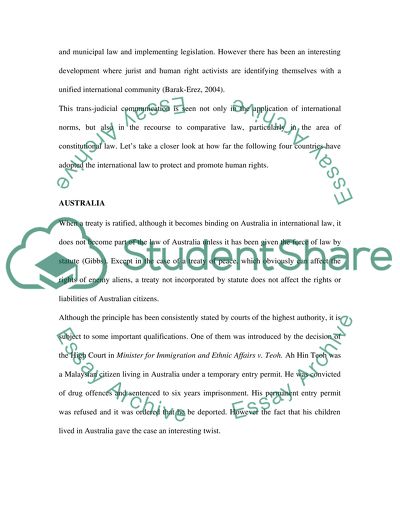Cite this document
(“Bringing Home Global Rules Term Paper Example | Topics and Well Written Essays - 1750 words”, n.d.)
Bringing Home Global Rules Term Paper Example | Topics and Well Written Essays - 1750 words. Retrieved from https://studentshare.org/law/1504375-international-human-rights-law-essay
Bringing Home Global Rules Term Paper Example | Topics and Well Written Essays - 1750 words. Retrieved from https://studentshare.org/law/1504375-international-human-rights-law-essay
(Bringing Home Global Rules Term Paper Example | Topics and Well Written Essays - 1750 Words)
Bringing Home Global Rules Term Paper Example | Topics and Well Written Essays - 1750 Words. https://studentshare.org/law/1504375-international-human-rights-law-essay.
Bringing Home Global Rules Term Paper Example | Topics and Well Written Essays - 1750 Words. https://studentshare.org/law/1504375-international-human-rights-law-essay.
“Bringing Home Global Rules Term Paper Example | Topics and Well Written Essays - 1750 Words”, n.d. https://studentshare.org/law/1504375-international-human-rights-law-essay.


